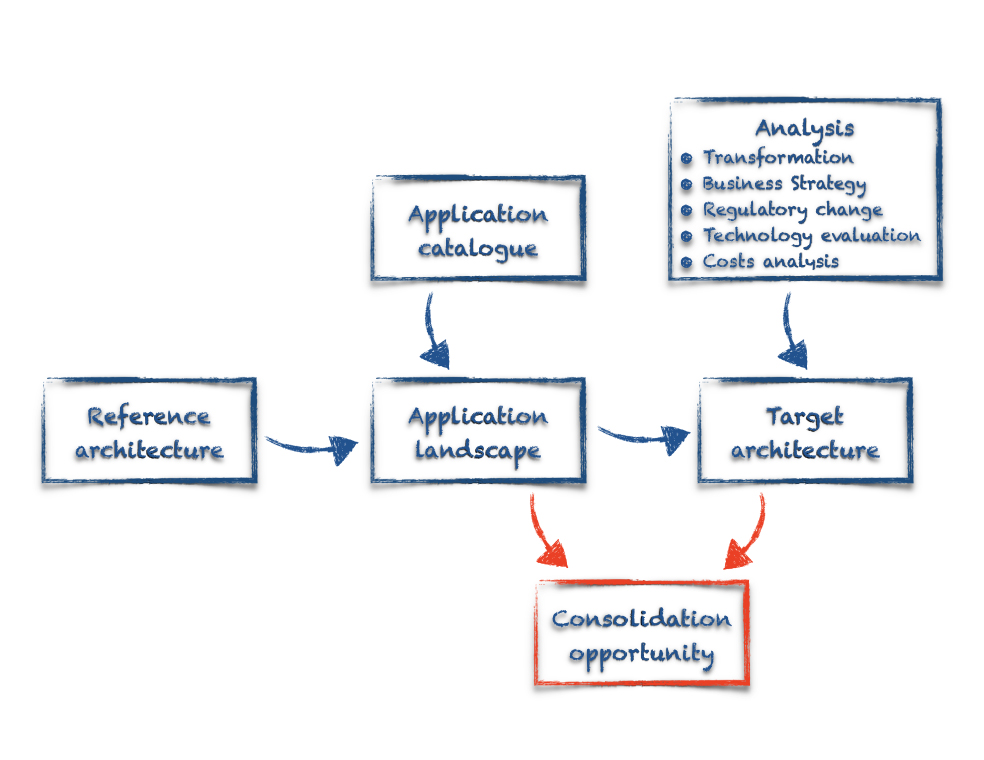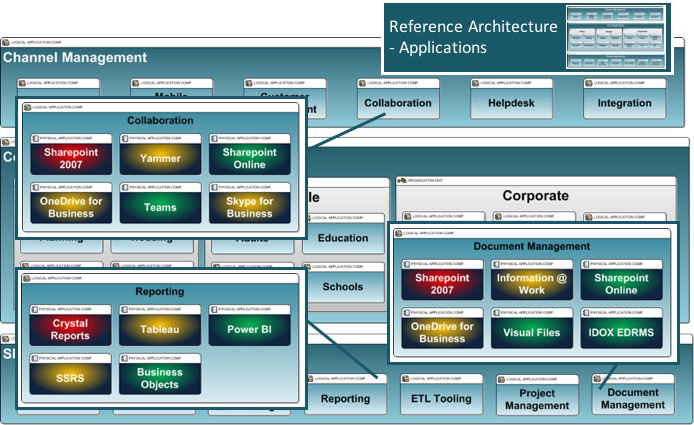Rob Fotheringham, Managing Director at Fotheringham Associates, highlights the opportunities available for organisations to simplify their technology landscape through application consolidation
As more and more organisations are finally beginning to get to grips with the challenge of
digital transformation we feel that it is necessary to highlight an opportunity that maybe being missed.
Even if you took our advice in our last article, “Saving on your digital transformation strategy”, your transformation programme is likely to add new technology to your landscape which will increase complexity. You can seek to balance this with a more proactive approach to application consolidation by removing technologies that no longer fit with your strategic direction.

Transformation provides a good opportunity to clear things out from your ICT landscape. As you plan to make changes to the business operation it is possible to factor in a change of application that could go almost unnoticed allowing ageing or non-strategic technology to be mothballed. Taking this step will reduce overall complexity, run costs and possibly make transformation quicker in the long run.
Clearing the decks
Decommissioning technology is hardly ever quick and easy, but that doesn’t mean you shouldn’t do it. Adding it to the scope of a well-funded, executive sponsored transformation programme will be a great way of getting it moving.
We have seen organisations hanging onto systems forever because the data might be needed, some are not even mothballed. Retention rules, brought to the fore by GDPR, should help make the case for clearing out the clutter as this will definitely reduce the information governance risk.
Consider that retaining access to the data doesn’t necessarily mean keeping the application, database and servers etc. as they were when you mothballed them.
You can export the data into a different format and still provide access – calls upon the data tail off dramatically after the first year when it starts to become stale. The cost of providing a querying capability to the business (or worst case via the ICT helpdesk) will almost certainly be outweighed by the cost of keeping all of that kit humming away, cropping up in business continuity exercises and annual ICT security audits, with the impact becoming greater each year as the technology continues to age.
How do you go about it?
Whilst everyone is reaching for the GDS Design Manual to build new digital services, it is important to note that there is no enterprise architect role in the manual. It is a guide to building digital services, not an approach to effectively manage your ICT landscape or to ensure that your whole ICT estate is aligned with your business operating model or strategy.

We will return to this theme in our next article that will explore Business Architecture, but suffice to say here that we believe there is an even greater need to manage the enterprise architecture of the organisation, given the understandable rush to build new digital services.
In our last article we introduced the application catalogue as a deliverable from an Enterprise Architecture (EA) project, describing how it could help you uncover untapped potential from your ICT investments. In this piece we take things further to explain how the catalogue fits with the wider EA activity of capturing and analysing the application landscape as can be seen in Figure 1.
A reference architecture, which is a standard set of technology capabilities, is used to provide a framework in which to hold your catalogue of applications. When combined they form your application landscape which is rendered graphically to communicate with stakeholders. It is at this point that you will discover that within your landscape you have a number of places where the technology capability is currently being delivered by multiple applications. Do not be alarmed, this is very common, we have seen one organisation with thirteen applications delivering the same type of functionality. These areas are your potential consolidation targets.
Figure 2 shows an example from our local government architecture model using the Orbus EA Visio stencils. It shows the application reference architecture with a ‘zoom-in’ to three technology capabilities to show the applications, RAG rated for their strategic fit.
Dovetailing with transformation
This is the point at which our story dovetails with transformation. A target architecture is essentially a simplified view of the current application landscape with the non-strategic applications removed and new applications or capabilities needed to support your digital aspirations added. The analysis activity examines the current applications for their fit with your transformation requirements, also considering their underlying technology, costs as well as their compliance with regulation.
The strongest strategic driver you will be considering is the ability for the applications to support your transition to a more digitally enabled organisation, both inside and out. We believe this is a perfect opportunity to harness that drive to consolidate and balance the overall complexity of your ICT estate.
*Please note: This is a commercial profile











